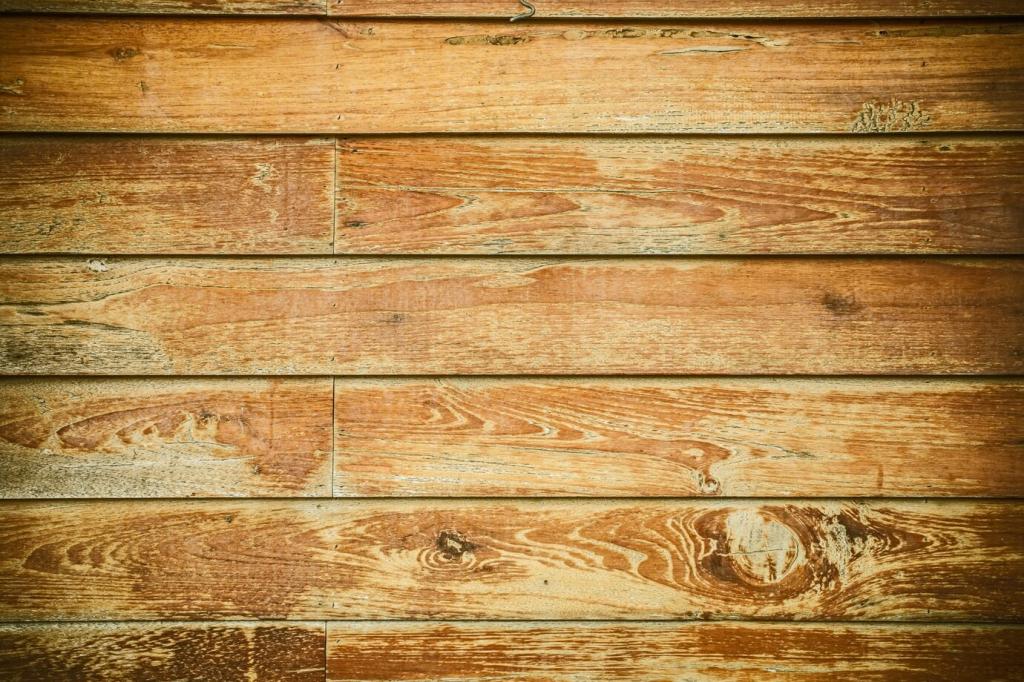Designing for Performance: R-Value, Air Sealing, Thermal Bridges
Colder regions demand higher R-values, but strategies differ for new builds and retrofits. Layered approaches—like dense-pack cellulose within studs plus wood fiberboard outside—can reach targets while balancing cost, moisture safety, and carbon. Share your climate zone and target R-values for feedback.
Designing for Performance: R-Value, Air Sealing, Thermal Bridges
Even the greenest insulation struggles against uncontrolled air leaks. Tapes, gaskets, and membranes form a continuous air barrier; dense-pack techniques further limit convection within cavities. A blower-door test verifies results, letting you fix trouble spots before finishing surfaces permanently.

